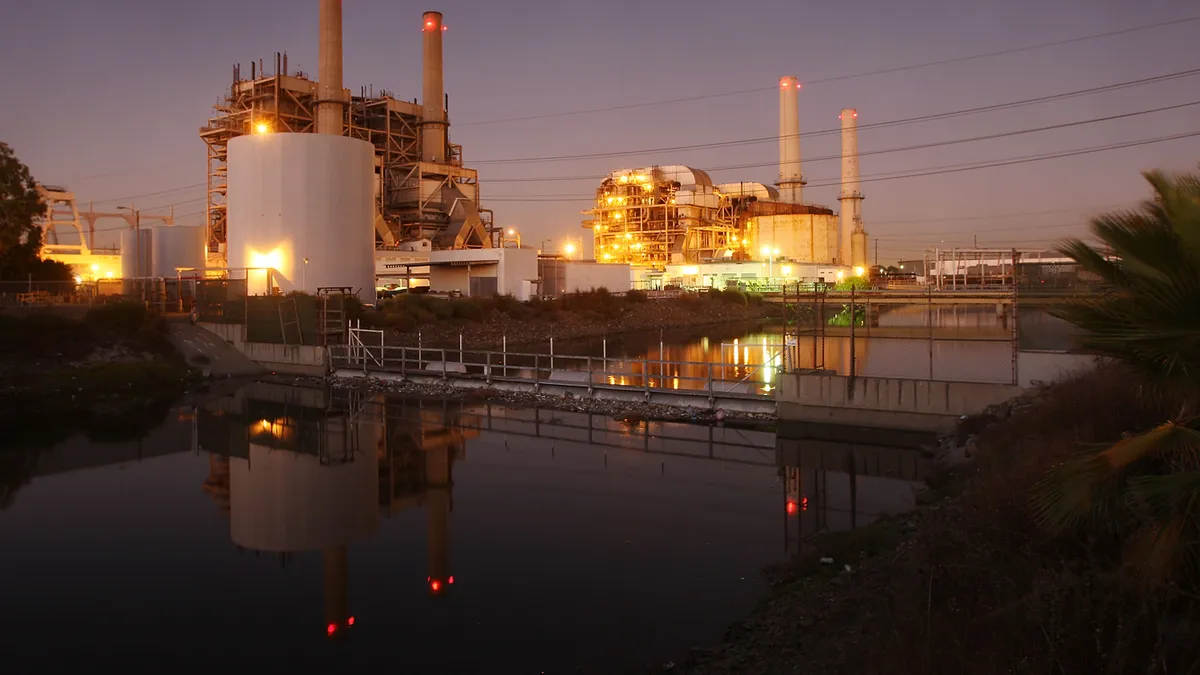Dive Brief:
- The U.S. Energy Information Administration's most-recent weekly gas storage report tallied a net withdrawal last week, the first time in about a decade the industry pulled gas out during July.
- Working gas in storage was 3,288 billion cubic feet (Bcf) as of July 29, 2016, revealing a net decline of 6 Bcf from the previous week.
- Despite the withdrawal, U.S. storage levels remain healthy, almost 400 Bcf above last year's levels and 16.4% higher than the five-year average of 2,824 Bcf.
Dive Insight:
Summer gas withdrawals are not unprecedented, but are certainly unusual. From April through the end of October, storage operators are typically injecting supplies to use during the winter. But two regions at the end of last month, South Central and Pacific, tallied sufficient drawdowns to offset other injections.
It is not a total surprise, however, according to EIA. "During the current injection season, net injections had already been much lower than the previous five-year average for almost every week," the agency noted yesterday.
There are five storage regions in EIA's weekly survey, and the South Central region in particular, has several salt-dome facilities EIA said can be drawn down and refilled a dozen times annually.
"These salt-dome facilities allow more flexibility than traditional storage facilities using depleted natural gas fields," EIA said. "Withdrawals in the South Central region, an area that has increasingly relied on natural gas-fired generation, are common in the summer but are usually offset by injections in the other regions."
The last time a net withdrawal occurred in July was the summer 2006.
EIA said lower production and higher gas generation helped generate more need for natural gas. Storage facilities also began the injection season with higher levels, leading to less refill activity.














